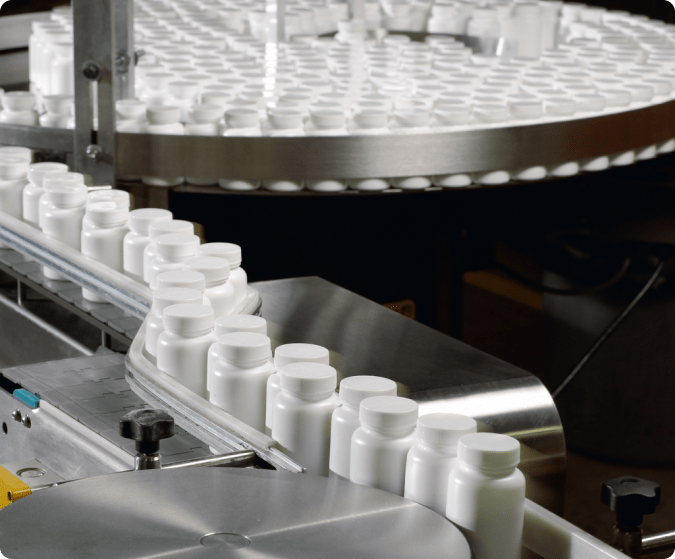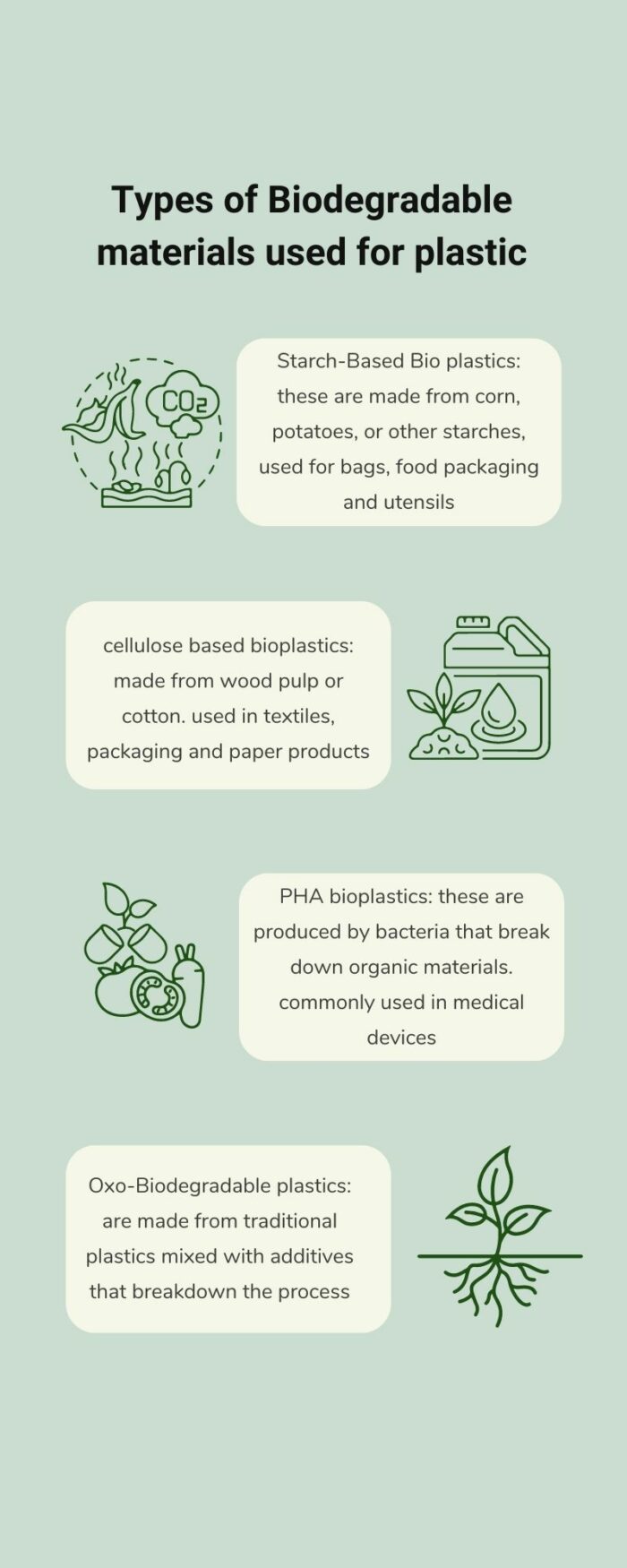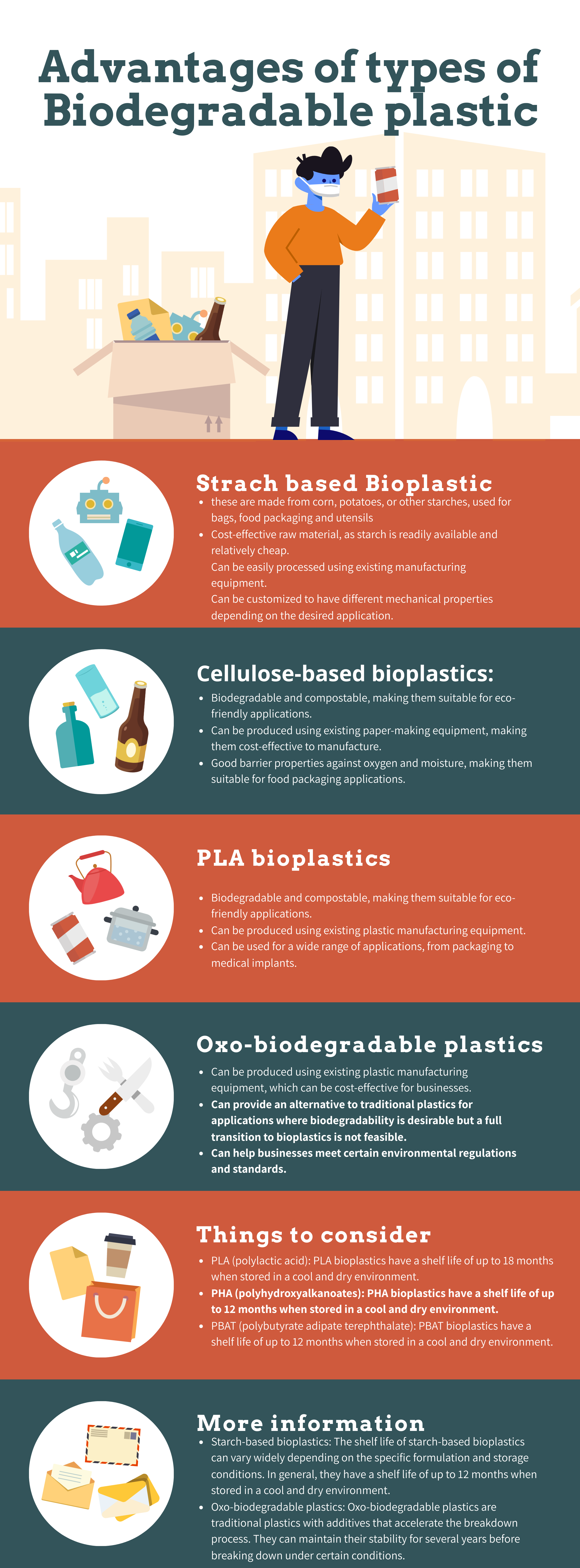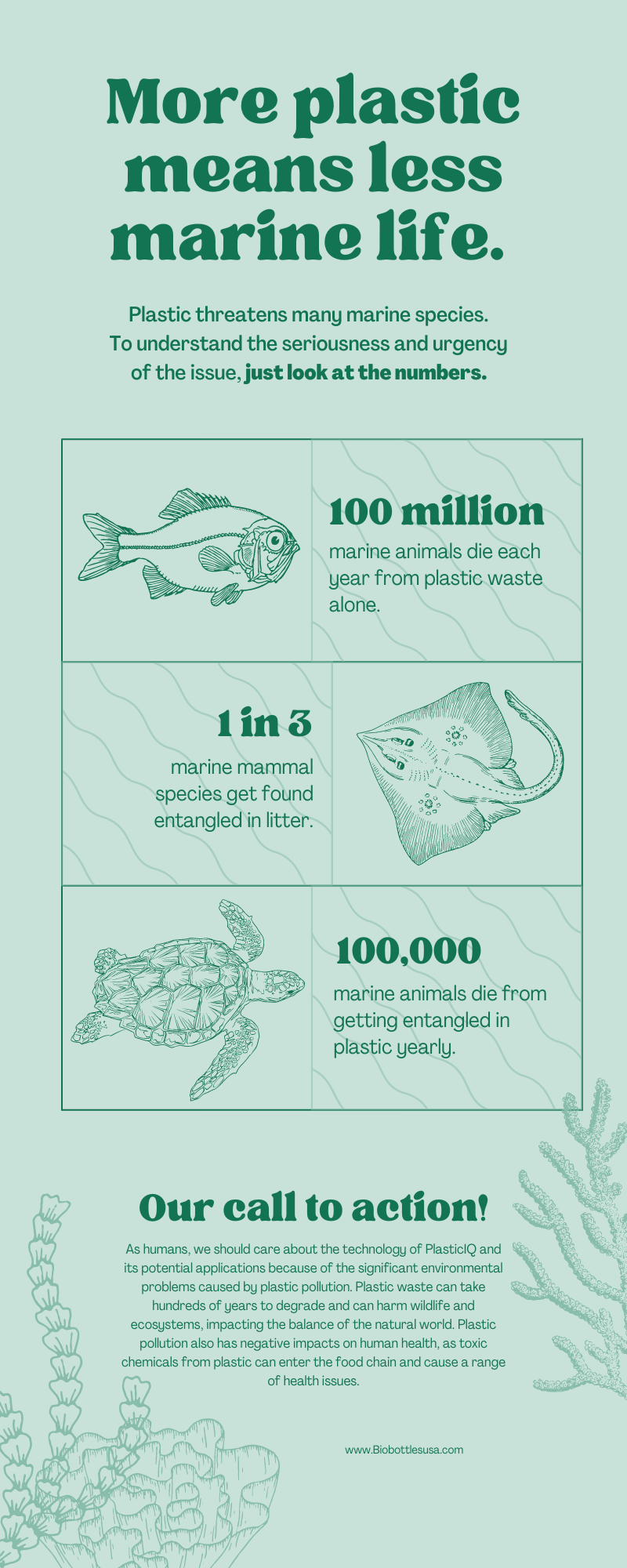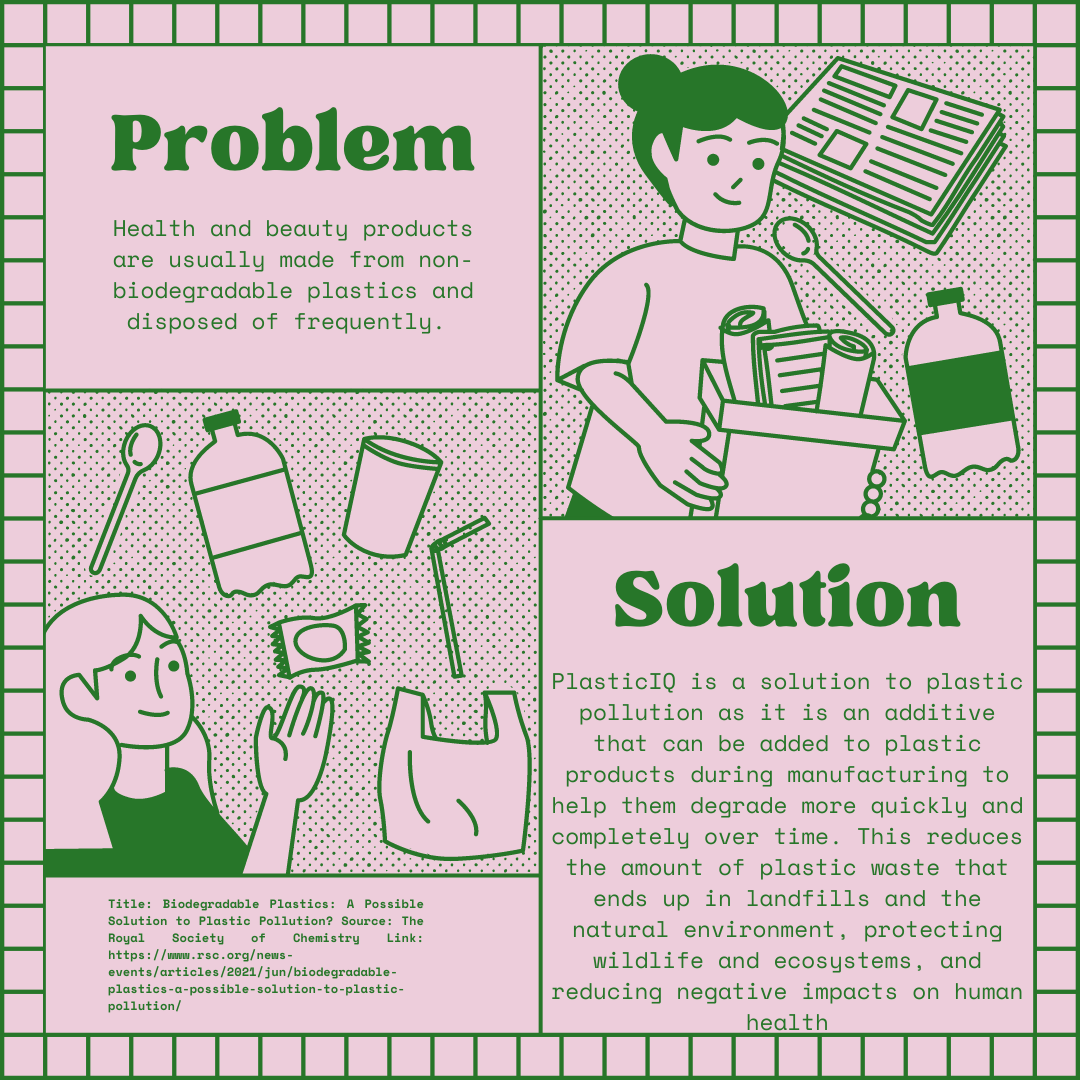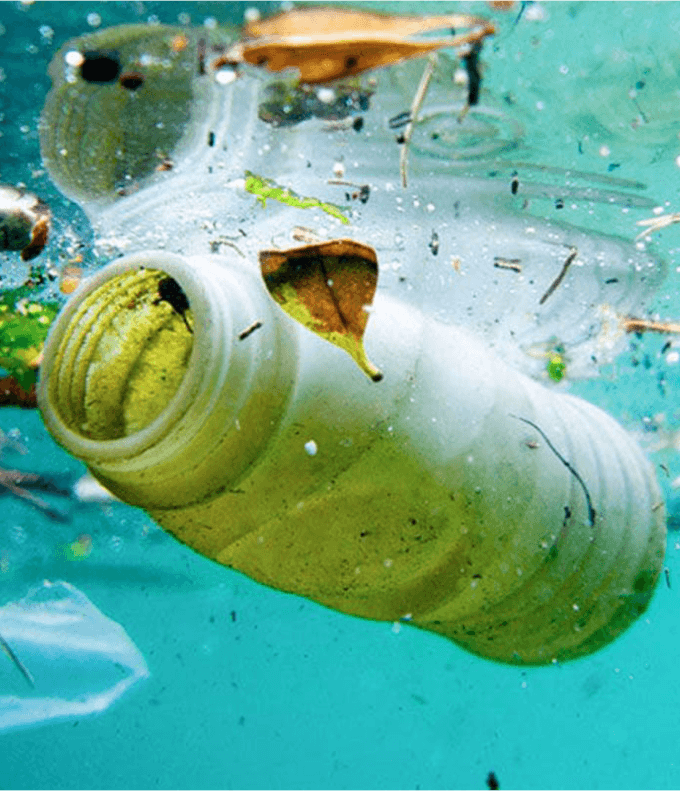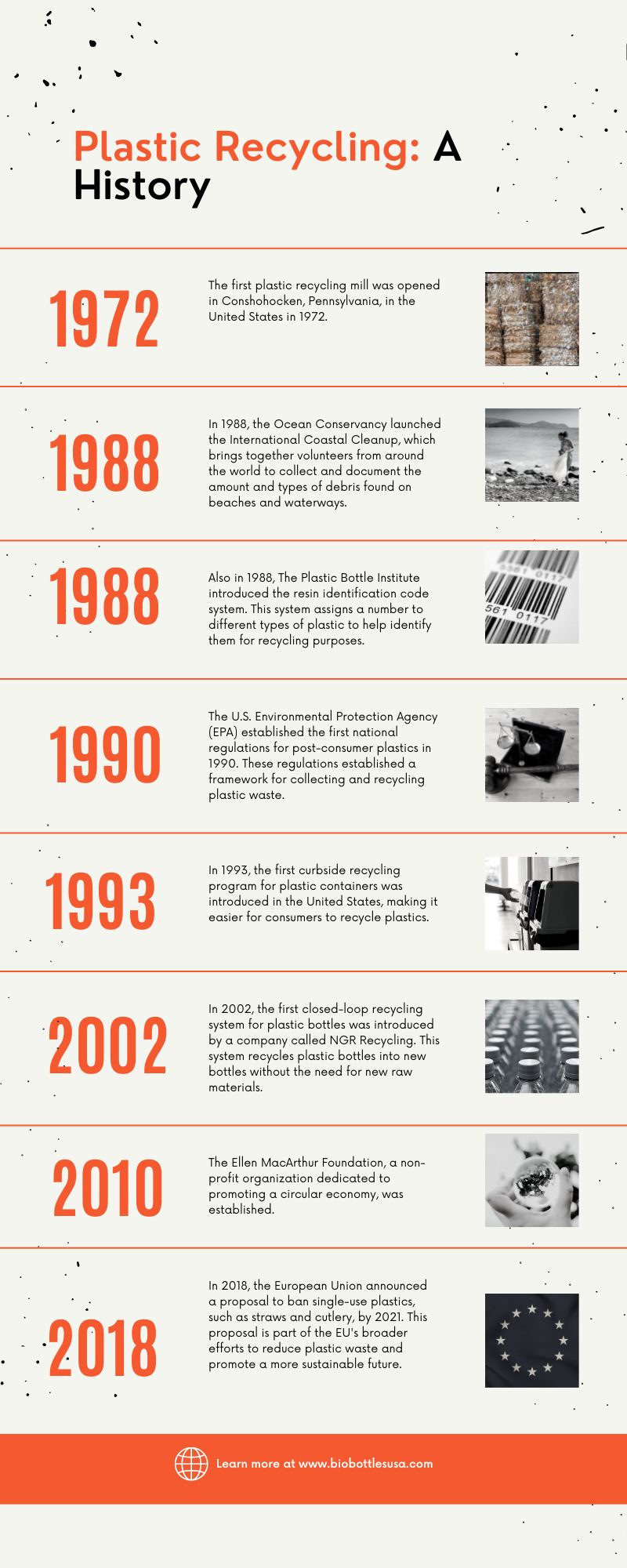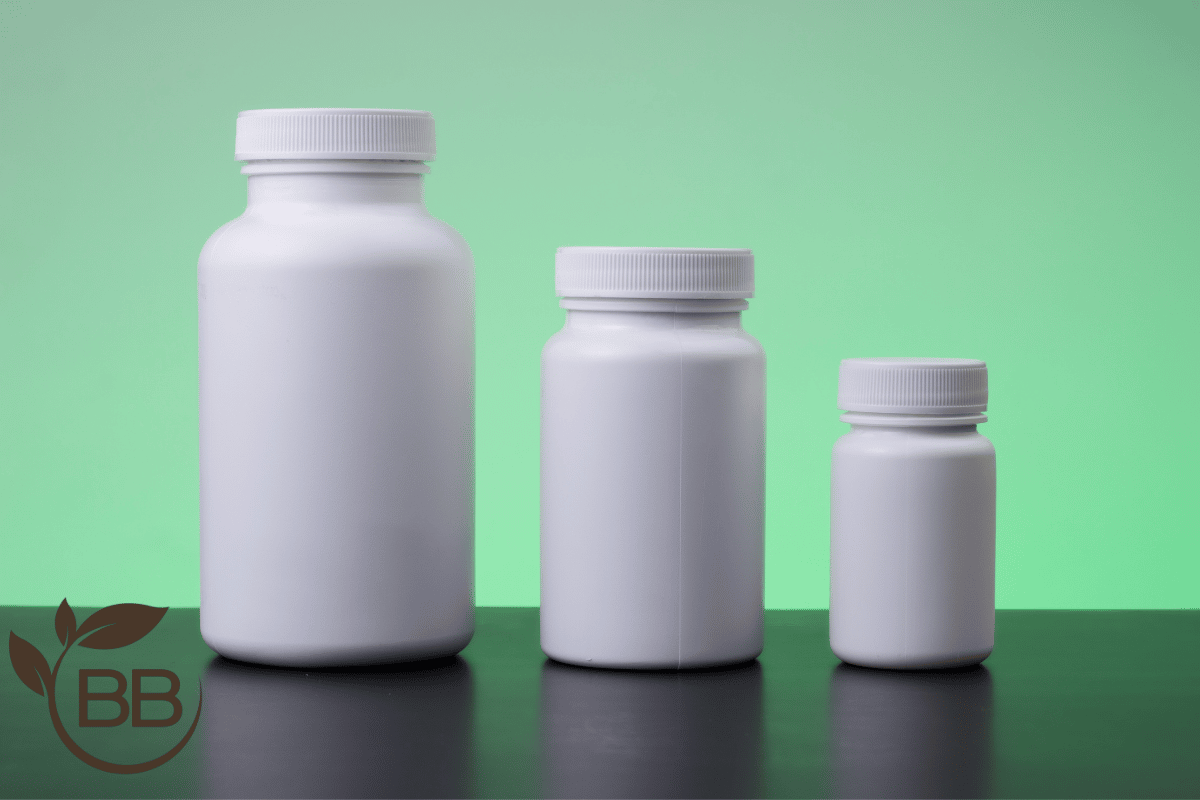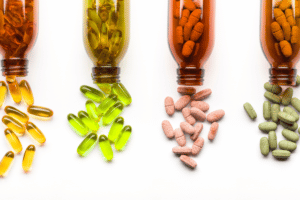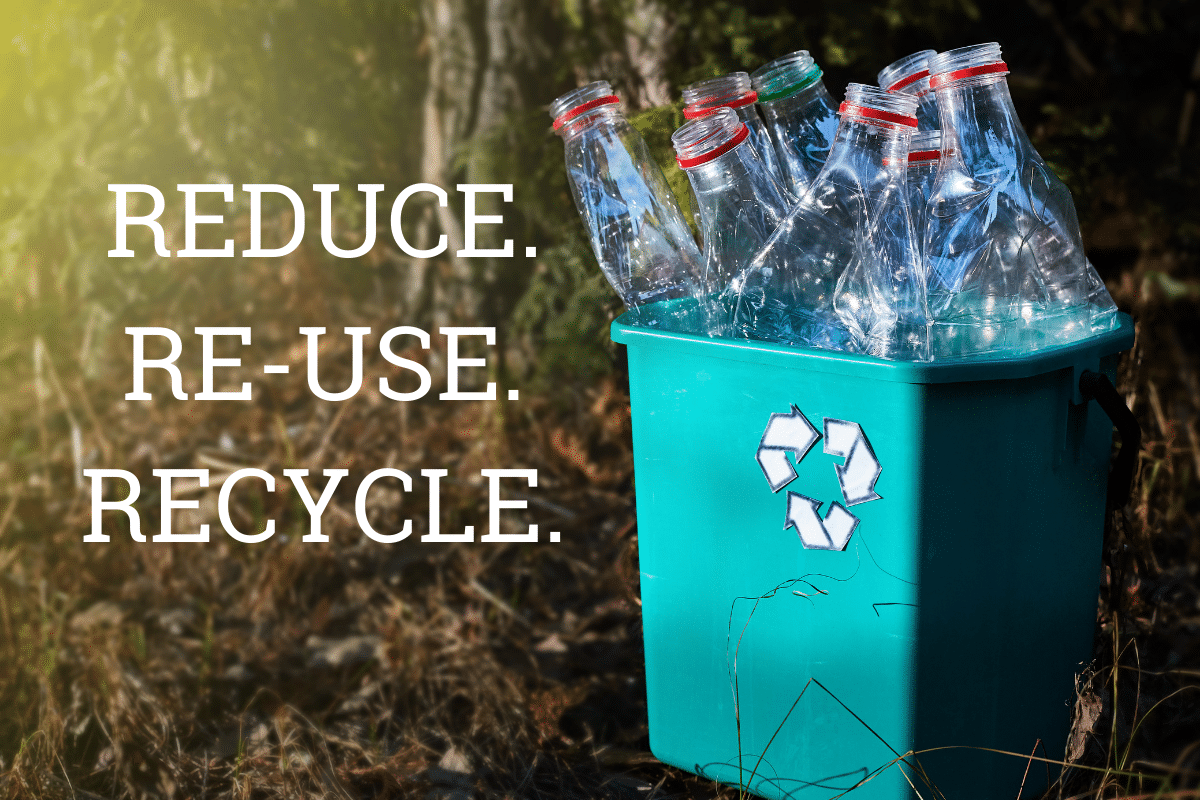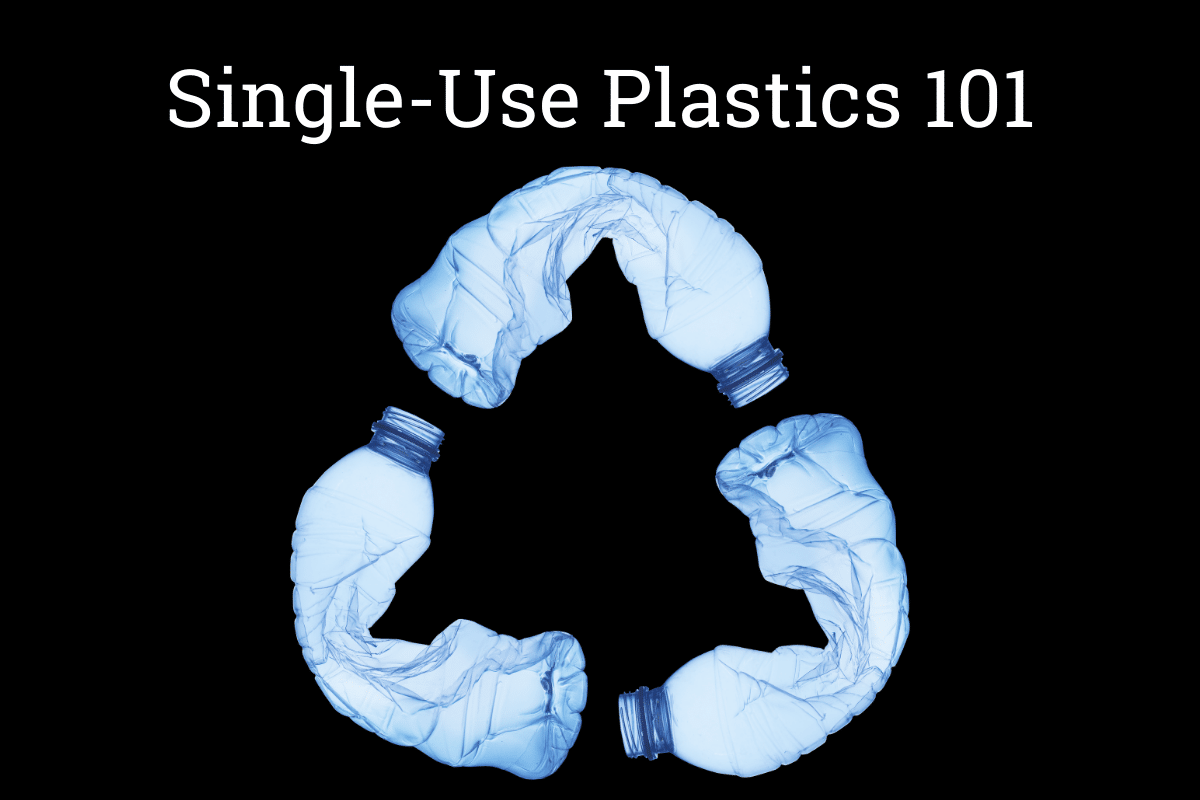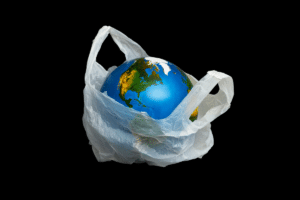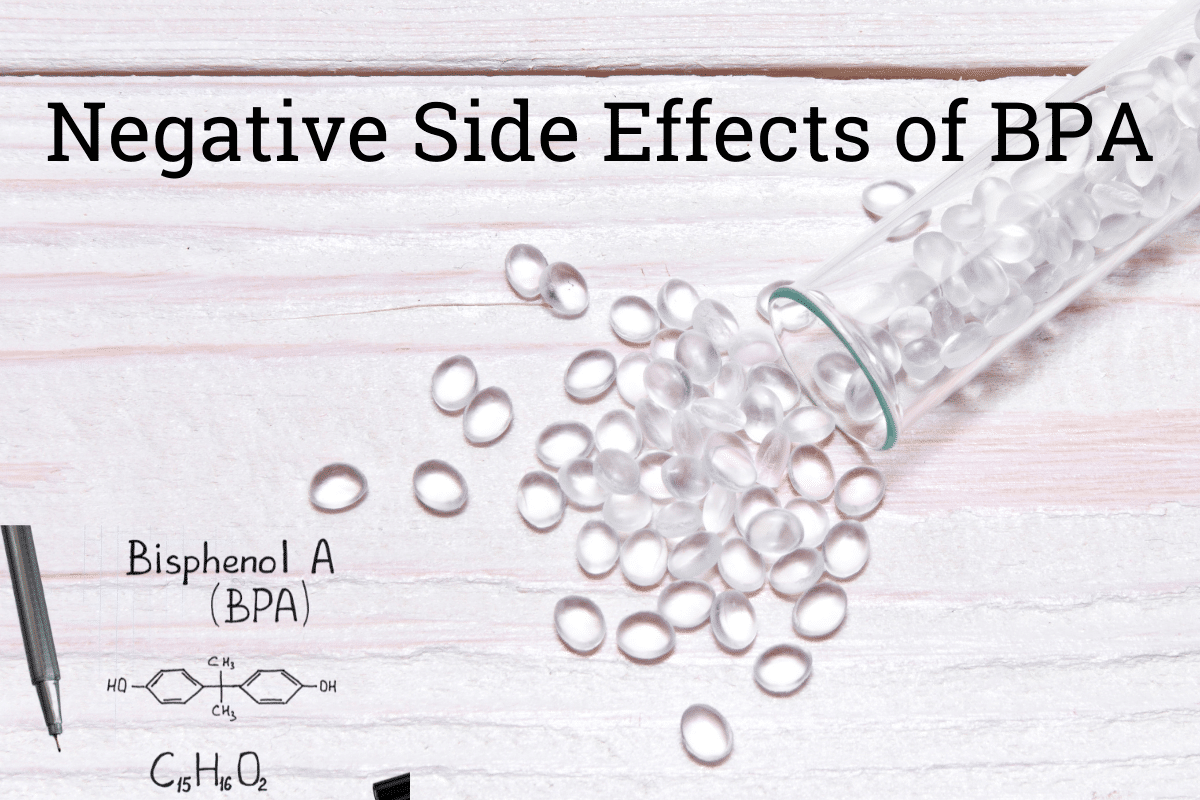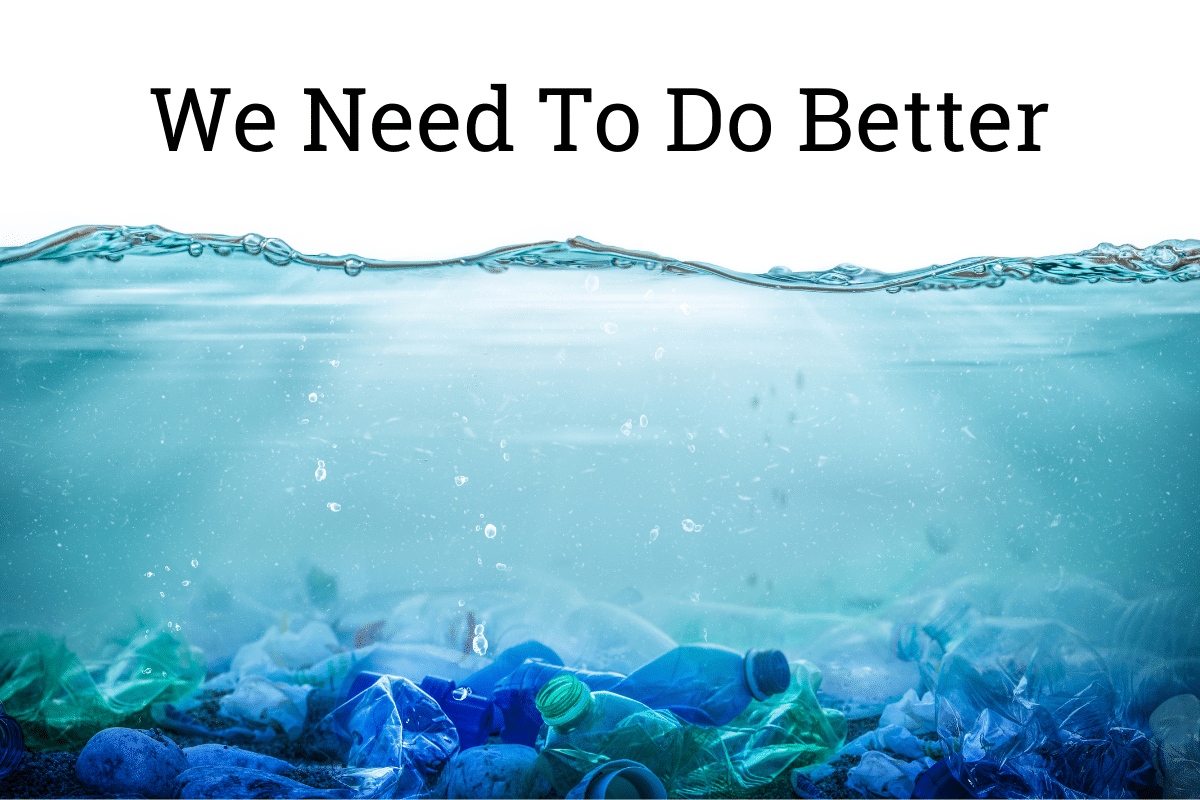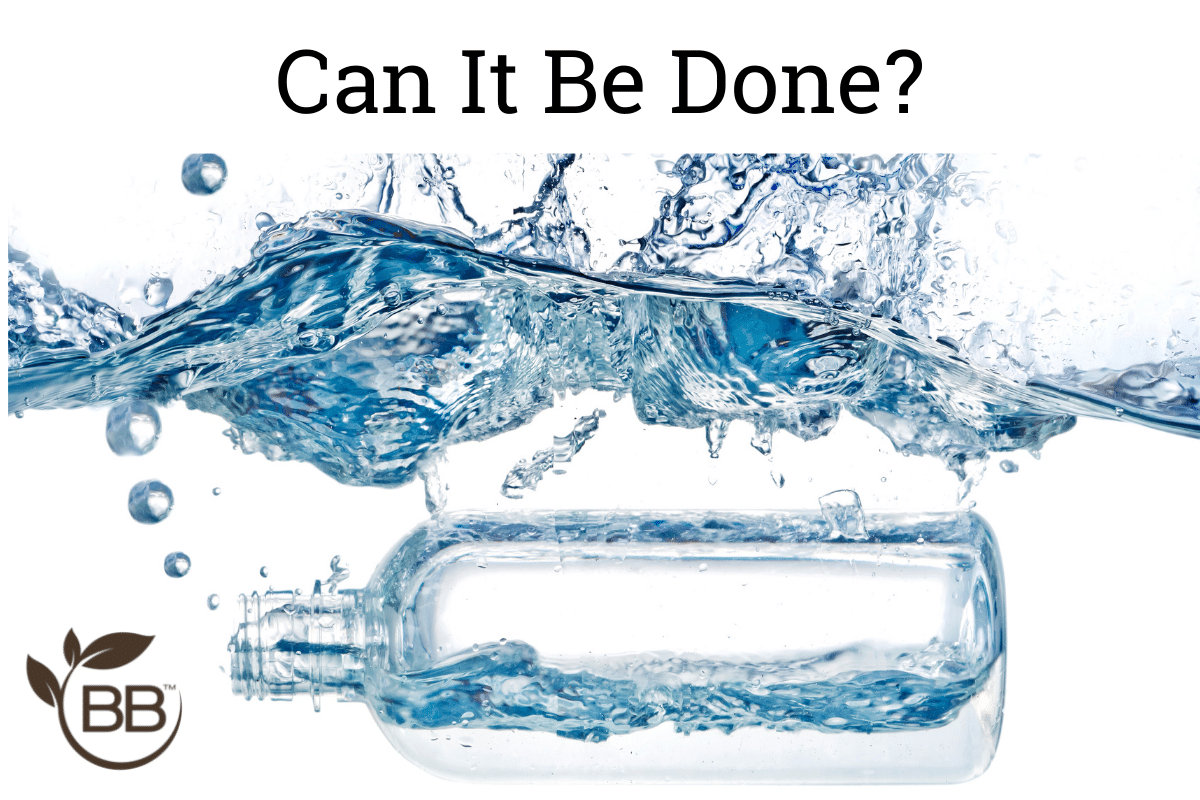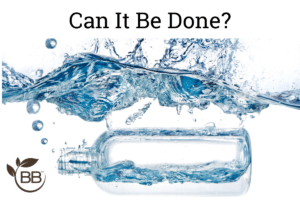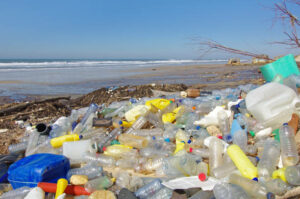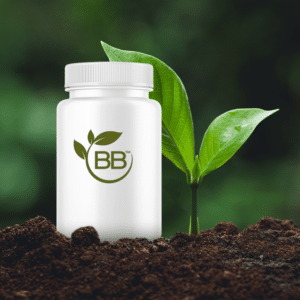What is biodegradable plastic?
Biodegradable plastics are made from natural materials that can break down into natural components under certain conditions. They are an alternative to traditional plastics that can take hundreds of years to decompose in the environment. Biodegradable plastics are generally classified into two types: bioplastics and oxo-biodegradable plastics.
a) Bioplastics: Bioplastics are made from renewable resources such as starch, cellulose, or sugarcane. They are designed to biodegrade in the environment, usually within a few months to a few years, depending on the conditions. There are several types of bioplastics:
b) Starch-based bioplastics: These are made from corn, potatoes, or other starches. They are typically used for disposable products like bags, food packaging, and utensils.
c) Cellulose-based bioplastics: These are made from wood pulp or cotton. They are typically used for textiles, packaging, and paper products.
d) PLA (polylactic acid) bioplastics: These are made from corn starch, sugarcane, or other plant sources. They are commonly used for packaging, disposable tableware, and medical implants.
e) PHA (polyhydroxyalkanoates) bioplastics: These are produced by bacteria that break down organic materials. They are commonly used for packaging, food service items, and medical devices.
f) Oxo-biodegradable plastics: Oxo-biodegradable plastics are made from traditional plastics (usually polyethylene or polypropylene) mixed with additives that accelerate the breakdown process. They are designed to degrade in the environment within a few years. However, there is some controversy over the effectiveness of oxo-biodegradable plastics, as some studies have shown that they can break down into microplastics, which can still harm the environment.
Advantages of biodegradable plastics
Starch-based bioplastics:
- Cost-effective raw material, as starch is readily available and relatively cheap.
- Can be easily processed using existing manufacturing equipment.
- Can be customized to have different mechanical properties depending on the desired application.
- Renewable source material can appeal to environmentally conscious consumers.
Cellulose-based bioplastics:
- Biodegradable and compostable, making them suitable for eco-friendly applications.
- Can be produced using existing paper-making equipment, making them cost-effective to manufacture.
- Good barrier properties against oxygen and moisture, making them suitable for food packaging applications.
- Renewable source materials can appeal to environmentally conscious consumers.
PLA bioplastics:
- Biodegradable and compostable, making them suitable for eco-friendly applications.
- Can be produced using existing plastic manufacturing equipment.
- Can be used for a wide range of applications, from packaging to medical implants.
- Renewable source materials can appeal to environmentally conscious consumers.
PHA bioplastics:
- Biodegradable and compostable, making them suitable for eco-friendly applications.
- Can be produced using bacterial fermentation, which can be a cost-effective and sustainable production method.
- Biodegrades in various environments, including marine environments, are important for reducing ocean pollution.
- Renewable source materials can appeal to environmentally conscious consumers.
Oxo-biodegradable plastics:
- Can be produced using existing plastic manufacturing equipment, which can be cost-effective for businesses.
- Can provide an alternative to traditional plastics for applications where biodegradability is desirable, but a full transition to bioplastics is not feasible.
- Can help businesses meet certain environmental regulations and standards.
- Can be customized to have different breakdown rates depending on the desired application.
It is important to note that each type of biodegradable plastic has limitations and challenges, which businesses should consider when selecting the most appropriate material for their specific application. Additionally, businesses should consider the potential impact of biodegradable plastics on the environment and ensure that they are properly disposed of to prevent harm to the ecosystem.
Several Benefits of different Bio-plastics
Here are the benefits of the different types of biodegradable plastics:
PLA (polylactic acid)
PLA (polylactic acid) is a biodegradable and compostable polymer recently gaining attention as a sustainable alternative to conventional plastics. PLA derived from renewable resources has a lower environmental impact and is suitable for various applications, making it an ideal choice for various industries.
One of the main benefits of PLA is that it’s made from renewable sources. PLA is derived from natural resources like cornstarch, sugarcane, and cassava roots. Unlike conventional plastics made from non-renewable sources like oil, PLA reduces the dependence on non-renewable resources and helps to promote a more sustainable economy.
PLA offers a sustainable and environmentally friendly alternative to conventional plastics. It’s made from renewable resources, is compostable, versatile, and has a lower environmental impact. These benefits make PLA an attractive choice for businesses looking for sustainable materials that can are used in a range of applications, including food packaging, disposable utensils, 3D printing filaments, and medical implants. As we continue to face environmental challenges, PLA is an excellent solution that can help reduce environmental pollution and waste, promoting a more sustainable and eco-friendly future.
PHA
PHA (polyhydroxyalkanoates) is a family of biodegradable and compostable polymers that are a product of microorganisms. PHA has gained attention recently as a sustainable alternative to conventional plastics due to its biodegradability, versatility, and biocompatibility.
One of the primary benefits of PHA is that it is biodegradable and compostable. PHA is produced by microorganisms as a means of energy and carbon storage. As a result, PHA is broken down by microorganisms into natural substances like water and carbon dioxide, which reduces environmental pollution and waste. This makes PHA an excellent choice for applications where biodegradability is essential, such as single-use plastic products like food packaging, bags, and straws.
PHA is a promising biodegradable and compostable polymer that offers many benefits as a sustainable alternative to conventional plastics. PHA is versatile, biodegradable, and biocompatible, making it suitable for various applications, including disposable products, medical implants, and biodegradable plastics. PHA reduces dependence on non-renewable resources and emits lower greenhouse gas emissions than conventional plastics, making it a more environmentally friendly option. As we continue to face environmental challenges, PHA is an excellent solution that can help reduce environmental pollution and waste, promoting a more sustainable and eco-friendly future.
PBAT
PBAT (polybutylene adipate terephthalate) is a biodegradable polymer that has become an eco-friendly alternative to conventional plastics. PBAT is a versatile and sustainable material with many benefits, making it a promising solution to the plastic pollution problem.
One of the primary benefits of PBAT is that it is biodegradable and compostable. PBAT comes from renewable resources like corn starch and vegetable oil and is broken down by microorganisms into natural substances like water, carbon dioxide, and organic matter. This reduces environmental pollution and waste and helps to mitigate the negative impact of plastic waste on the environment. PBAT is used in many applications, including single-use plastic products like bags, packaging, and cutlery.
PBAT is a versatile and sustainable biodegradable polymer that offers many benefits as an eco-friendly alternative to conventional plastics. PBAT is biodegradable, compostable, and made from renewable resources, reducing dependence on non-renewable resources and mitigating the negative impact of plastic waste on the environment. PBAT has excellent mechanical and barrier properties, making it an ideal material for packaging applications. As we continue to face environmental challenges, PBAT is an excellent solution that can help reduce environmental pollution and waste, promoting a more sustainable and eco-friendly future.
The benefits of biodegradable plastics include reducing dependence on non-renewable resources, reducing environmental pollution, and offering alternative solutions for sustainable packaging and other applications.
Scientific Evidence
The Queen Mary University of London (QMUL) conducted a study in 2018 to evaluate the effectiveness of D2W plastics in biodegrading under real-world conditions. The study by Dr. John McGeehan, a Professor of Structural Biology at QMUL and known for his work on the biodegradation of plastics, was groundbreaking.
The QMUL study involved burying three different types of plastic in soil, including conventional plastic, biodegradable plastic, and D2W plastic. The researchers then monitored the plastics over a period of three years to assess their degradation.
The study found that conventional plastic showed little to no signs of degradation over the three-year period. The biodegradable plastic showed some signs of biodegradation but did not fully break down. The D2W plastic, on the other hand, had degraded significantly and showed signs of biodegradation after just 12 months.
These results suggested that D2W plastics can biodegrade more quickly than conventional plastics and is a more environmentally friendly option.
Our call to action
We all know that plastic pollution is one of the biggest environmental challenges we face today. Every day, we contribute to this problem by disposing of single-use plastic bottles without thinking twice. But what if we told you that there is a simple yet effective solution that can help tackle this issue?
Switching to degradable bottles is the need of the hour. By choosing degradable bottles, we are taking a step towards protecting our planet and taking responsibility for our actions. We have the power to make a change, starting with consciously deciding to switch to eco-friendly options.
Think about it, every time you use a degradable bottle, you create a healthier environment. Reducing plastic waste and protecting our oceans and wildlife. It’s a small change that can make a big difference.
What you and I can do
As a responsible consumer, you can take a simple yet effective step towards reducing plastic pollution by switching to Biobottles made of degradable plastic. By choosing Biobottles, you support a sustainable and eco-friendly solution and send a message to businesses and industries that eco-friendliness matters. Biobottles come from renewable resources and degrade naturally, reducing the amount of plastic waste that ends up in landfills and oceans.
So, let’s pledge to switch to Biobottles and do our part to protect the environment. By making a conscious decision to purchase biobottles, we can significantly impact our planet’s health and well-being. So, let’s join hands and take a step towards creating a cleaner and greener future. Let’s switch to degradable bottles and inspire others to do the same. Together, we can make a difference and create a world where we live in harmony with nature. Let’s take the first step today!

